Rogue Worlds Spotted By Webb Telescope
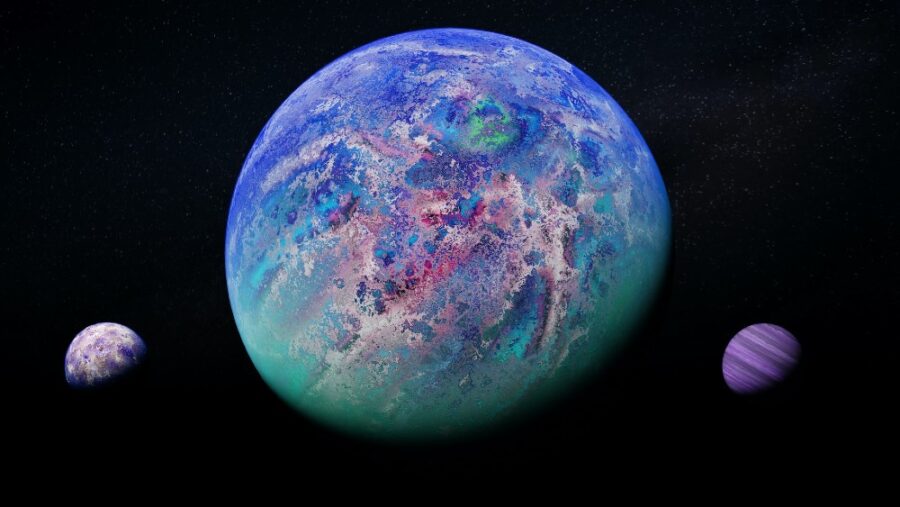
A team of astronomers discovered six rogue worlds using the James Webb Telescope. These worlds are objects that don’t orbit stars, thus the ‘rogue’ moniker. The worlds were located in the star-forming nebula known as NGC 1333, which is around 960 light-years away.
Bigger Than Jupiter
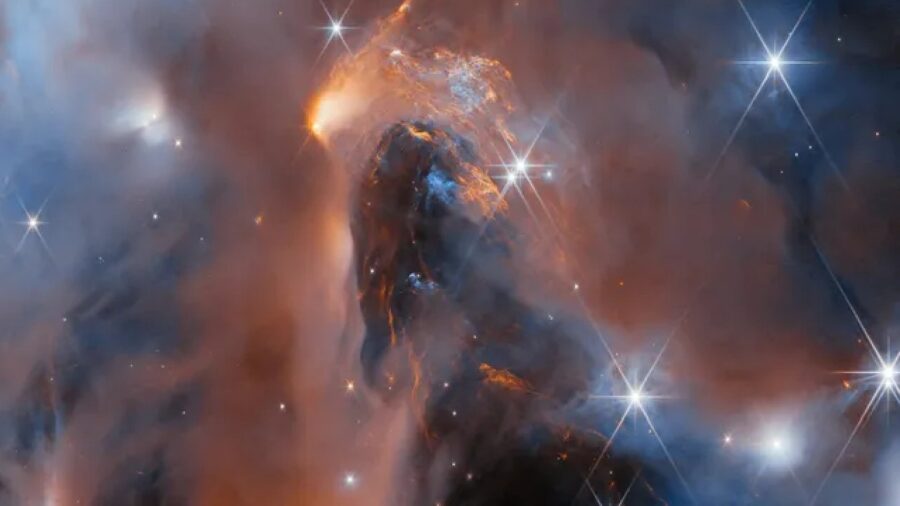
The six rogue worlds spotted are all a bit bigger than Jupiter, the largest planet in our solar system. The powerful James Webb Telescope was able to see through the dust, obscuring the nebula thanks to its ability to observe in infrared light. With these observations, astronomers are able to get some insight into how stars and other celestial objects form.
Nebulas like this one contain newborn stars, brown dwarfs, and other celestial objects like the rogue worlds. These worlds are the objects in the nebula with the lowest mass and are created by a process that can also form stars. Meanwhile, brown dwarfs fall somewhere in the middle, with not as much mass as a star but more mass than planets.
The Origins Of Celestial Bodies
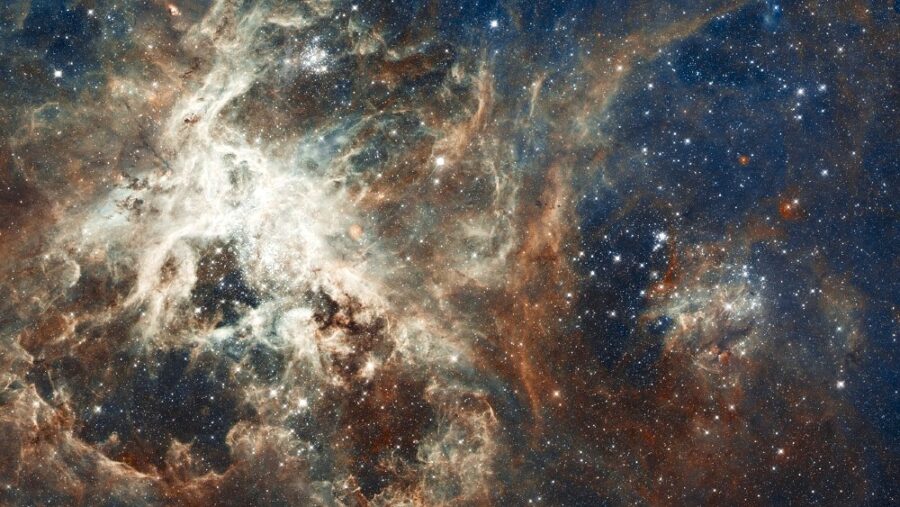
Senior study author Ray Jayawardhana explained that the team is using the James Webb Telescope to study and find the faintest members of young star clusters, like the rogue worlds, to answer the question, “How light an object can form like a star?” Lead study author Adam Langeveld said, “If you have an object that looks like a young Jupiter, is it possible that it could have become a star under the right conditions,” explaining that understanding this could help give us better context for star and planet formation.
From Out Of Dust
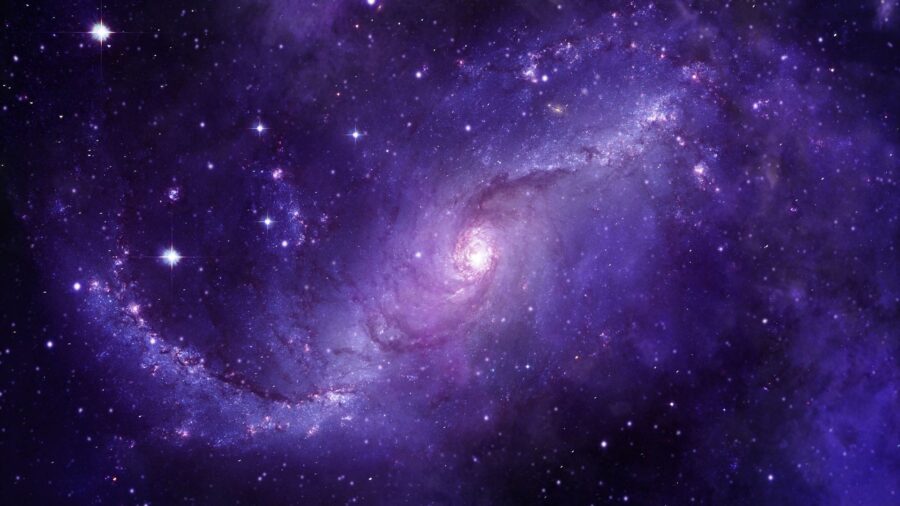
The study authors also explained how these rogue worlds can form. Stars are usually formed from clouds of stellar gas and dust, with leftover material that forms planets after star formation.
However, they said it’s also possible that stellar bodies can form in a similar way to planets, with Jayawardhana explaining, “Our observations confirm that nature produces planetary mass objects in at least two different ways — from the contraction of a cloud of gas and dust, the way stars form, and in disks of gas and dust around young stars, as Jupiter in our own solar system did.”
The Planet-Making Process
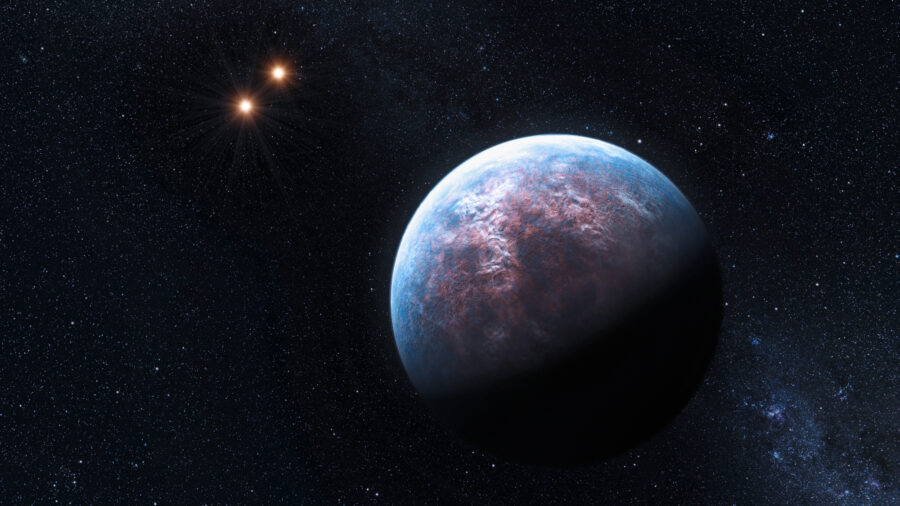
One of the rogue worlds detected with the James Webb Telescope is estimated to have the mass of five Jupiters, which is equivalent to approximately 1,600 Earths. The astronomers observed a dusty disk around the object, which shows that it was likely formed in a similar manner to stars. It’s also possible that this dust disk could result in the rogue world forming mini planets since gas and dust disks are typically involved in the planet-making process.
Study coauthor Aleks Scholz said it could be a “nursery of a miniature planetary system,” like our solar system on a much smaller scale. While looking at the rogue worlds with the James Webb Space Telescope, the team also noticed that a brown dwarf had a companion object with the mass of a planet. Jayawardhana explained, “It’s likely that such a pair formed the way binary star systems do, from a cloud fragmenting as it contracted.”
Free-Floating Planets
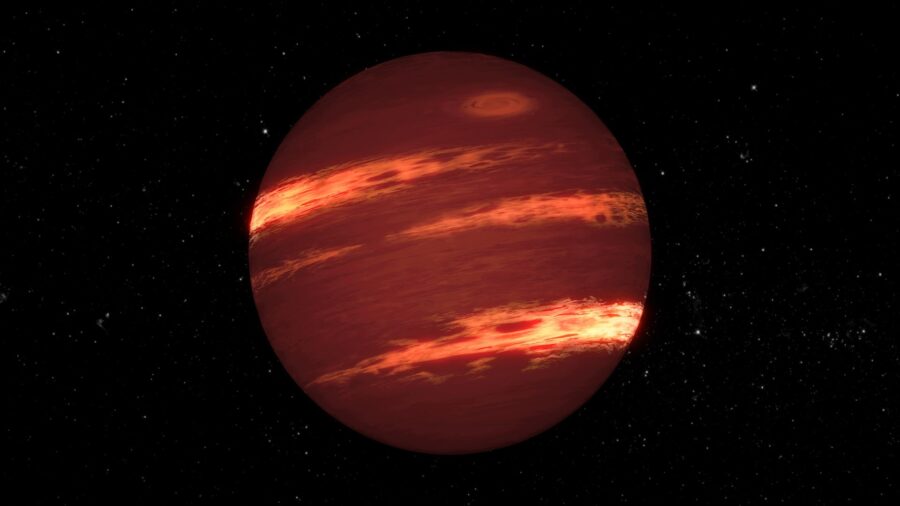
The observations of the rogue worlds by the James Webb Space Telescope should continue to help shed light on how these free-floating objects form and evolve. Another theory is that these objects form around orbiting stars like normal planets before a gravitational event launches them out of orbit.
Since these worlds make up about 10 percent of the bodies in the nebula, the team can continue using Webb’s infrared capabilities to understand more about them. NASA is also launching the Nancy Grace Roman Space Telescope, which could help provide even more insight.
Source: The Astronomical Journal












